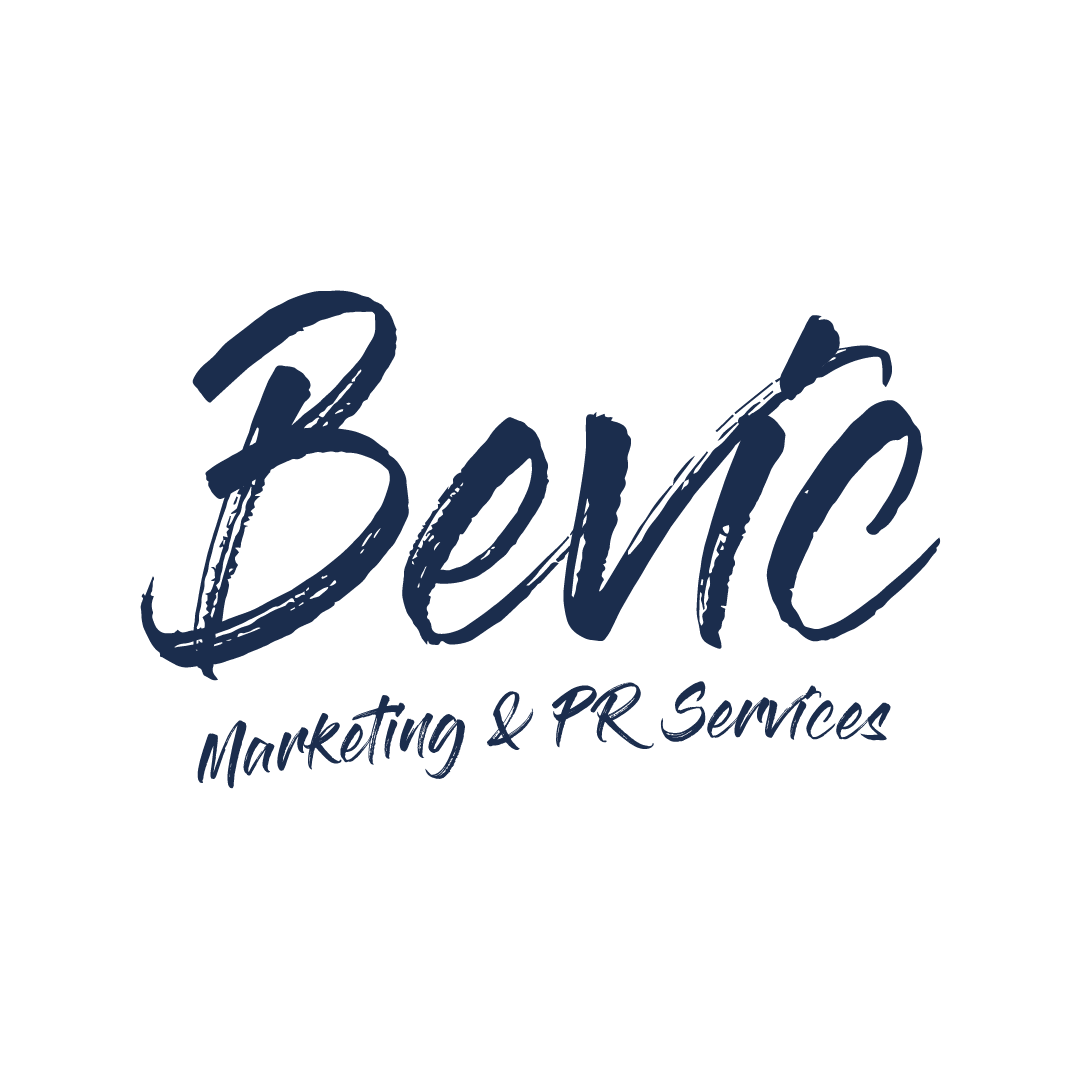How to write a press release
By Vicky Clapham
First things first - anybody can issue a press release. You don’t need to work in public relations or marketing to share your news with a journalist or media outlet.
However, before you start sending out press releases, the key thing is making sure you actually have something that your target audience will find interesting – is it NEWSWORTHY?
The best way to determine whether it is worth issuing to a media outlet is the ‘So what?’ test. This can really help you give an objective view of the press release. It can be sometimes hard to take those others aren’t as interested in your business ‘news’ as you are… but you need to be honest. Will a news outlet or journalist really find your news release interesting? Is it relevant? Is it exciting? Is it news?
Often releases can be rejected because they are deemed too commercial in that they look like you are trying to sell a new product or service. There are ways to promote your services and products by finding the news hook! It’s not about the product/service itself, for example, it’s what it means to your customers or the industry you’re in – how will/has it transformed their lives? What makes it unique?
Writing a press release
You can ask clients for testimonials or you can use ones that have been left on your Google My Business page, LinkedIn or FB and pop them on your website. Give a date so that site visitors can see that these are recent testimonials and not ones from when you launched your site in 2016!
So now you’ve got the story, how do you write a release?
When writing a press release the best tip is to go for the upside-down triangle approach, with key, engaging information at the top, leading down less important detail. This is a template I use when sending out a release, including the bits at the end of the release that are useful to include.
Make sure you’ve checked your grammar and spelling and don’t forget to include photo details and any credits to be given. Press releases with quality, relevant images attached are much more likely to be picked up on than releases with no image.
Contacting a journalist
Once you have your press release written, you want to make sure you’re sending it to the write people. Which outlets would you like to see the release featured? Where would it reach your target audience? Also, don’t forget to think about TV and radio. Would it work well as a piece to camera or interview on radio?
When you email the journalist, in the introduction you can link the release to either a previous story they have written or maybe an awareness/theme day that would make it timelier. You can attach the press release as a word document or include it in the body of the email.
You can find a lot of journalist’s contact details on the websites of the media outlets or even Twitter. There is specialist software that you can buy that does include press contact details to make it easier to find them, but they aren’t necessarily cheap.
Once you’ve sent the press release to your media list, one follow up email is usually fine to the journalist to see if they received it if you don’t hear anything back. However, ringing or messaging on social media is best avoided.
Even if your press release doesn’t get featured by the news outlets you targeted, don’t be too despondent. You can always repurpose the content for your blogs or social media content.
Happy press release writing!

